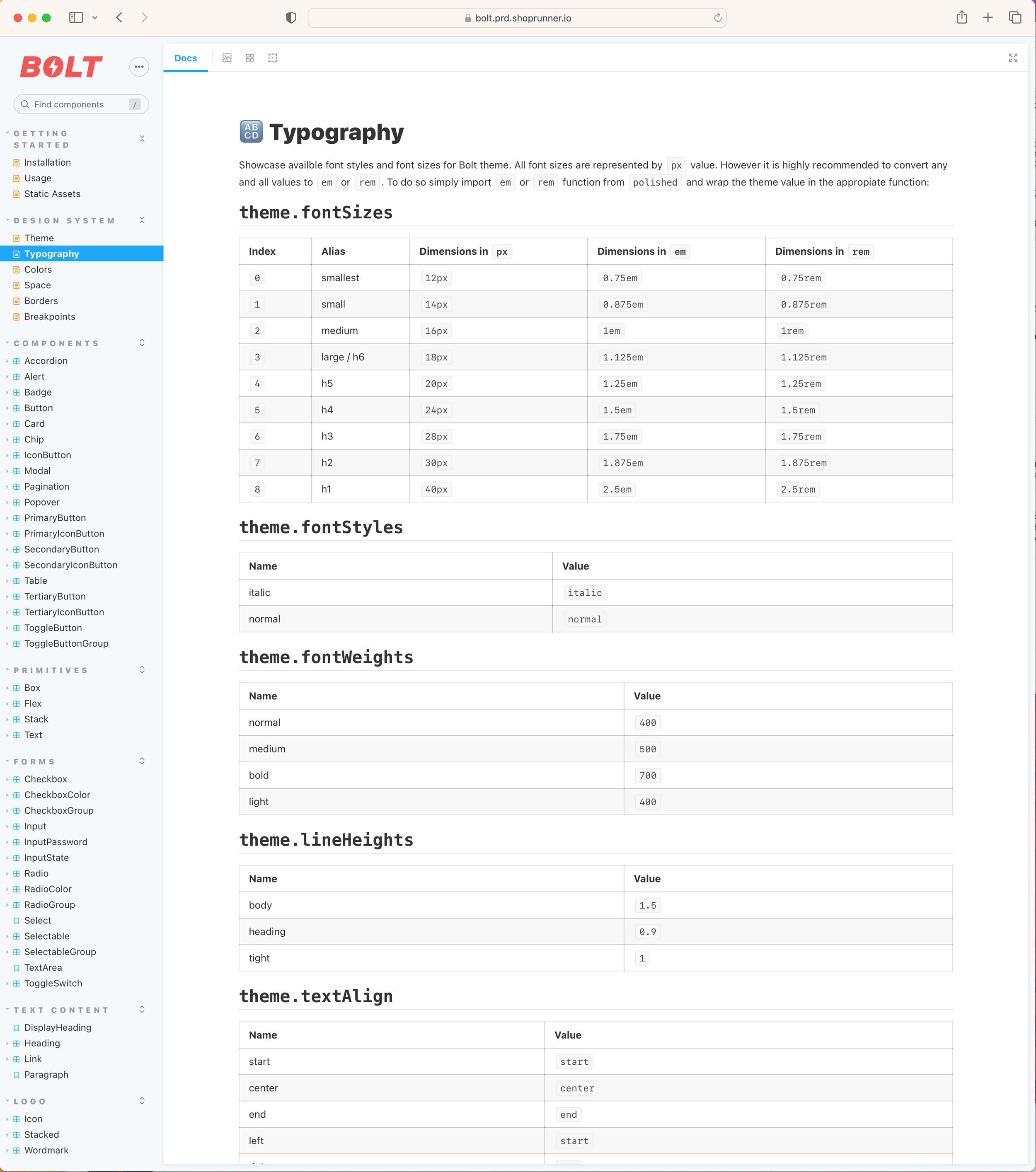ShopRunner (FedEx) — Scaling a Unified Design System Across B2C & B2B Platforms
Role: Director of UX/UI (Bottle Rocket)
Client: FedEx – ShopRunner
Platforms: Desktop, Mobile Web, iOS, Android, Merchant Dashboard (B2B)
Scope: Cross-platform product expansion, design system creation, and governance
Strategic Challenge
ShopRunner — an Amazon Prime–style membership program acquired by FedEx in 2020 — offers free two-day shipping, free returns, and member-only discounts through its network of retail partners.
The company had an existing desktop and mobile web presence but wanted to:
Expand into native iOS and Android apps for consumers.
Develop a merchant-facing dashboard (B2B) for managing sales, returns, and customer engagement.
To maintain brand and experience consistency across multiple teams and platforms, we needed a scalable design system that could align diverse product groups while supporting rapid development.
My Role & Leadership
Partnered with product leads across consumer and merchant experiences to identify shared needs and technical constraints.
Directed the creation of “Bolt”, a cross-platform design system that provided both a visual identity framework and reusable coded components.
Established governance processes to manage component creation, version control, and cross-team adoption.
Led design-development alignment by ensuring a 1:1 relationship between the Figma design library and Storybook code library.
Key Initiatives & Outcomes
1. Bolt Design System Development
Created a comprehensive Figma library covering typography, color, iconography, spacing, and responsive component patterns.
Partnered with development to build a matching Storybook code library, ensuring visual and functional parity across all products.
Standardized UI patterns to streamline workflows and reduce redundant design effort.
Impact:
Enabled product teams to design and build faster, with fewer inconsistencies.
Reduced QA feedback cycles by ensuring components were vetted in both design and code before release.
2. Cross-Team Alignment & Governance
Brought together B2C and B2B product teams in recurring governance meetings to review, approve, and prioritize new components.
Created shared documentation and usage guidelines to support onboarding and future expansion.
Impact:
Improved transparency between product teams, eliminating duplicate work.
Increased cross-platform consistency, strengthening the ShopRunner brand experience.
3. Product Launches Powered by Bolt
Launched updated desktop and mobile web experiences with modernized UI.
Released new iOS and Android apps for consumers.
Developed a merchant dashboard (B2B) with consistent UI patterns, improving usability for partners.
Impact:
Delivered a cohesive visual and interaction language across all platforms.
Improved efficiency for both design and development teams, enabling faster feature rollouts.
Conclusion
The Bolt Design System unified ShopRunner’s growing ecosystem under a single source of truth for both design and code. By embedding governance, fostering cross-team collaboration, and ensuring parity between Figma and Storybook, we created a scalable foundation for future product growth — while delivering a consistent, high-quality experience to both consumers and merchants.



